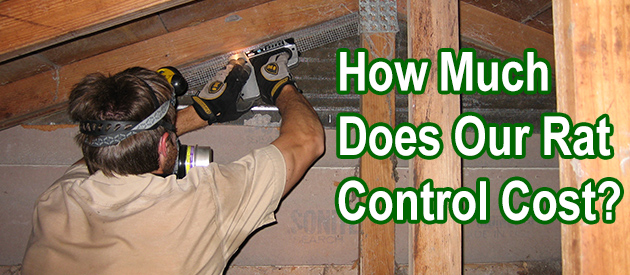Suffolk County, Suffolk County Rat Control Situation:
I am writing from England. I am sure we have rats and/or mice in our bungalow in Islip Long Island. The problem is that I haven't seen them. I am constantly being woken up at night hearing noises, but I try to tell myself that I was dreaming or imagining it. I have long scratches on my leg (from my ankle for about 3 inches up my leg). I do not know what has caused them but they happen overnight. I am scared and do not know what to do. I cannot remember the last time I had a good night's sleep. My husband says that there are no droppings so we can't have unwanted visitors. I did buy one of those mice repellent things and all was well for a while but now the winter is here, the noises are happening again. I do hope you can help/advise me.
Hi David, We live in Ronkonkama, we had some rats in our attic last year and I think they are gone. At least I do not hear them any more and I found a dead one. Our attic has areas where they had nests and lots of paths through the insulation. I also found where I think they came in which was where one of our roof lines is not sealed. Do or who could we get to seal this area and clean up spots in the attic to prevent them from wanting to visit again? About what would something like this run to have done?
Suffolk County Rat Control Tip of The Week
Why You Should Never Poison A Rat
Whenever people have a rat problem in their house, the first solution that does run through their mind is to poison the rats. Apart from being an inhumane way of getting rid of rats, the use of this method of rat removal has more disadvantages than the quick solution that it offers.
Are you also thinking of poisoning the rats in your home? If yes, you need to take a look at the following reasons why the poisoning of rats is a bad idea.
A Danger To Pets And Non-target Animals
Rats poisons are usually mixed with rat baits or food substances with a strong smell in order to help attract rats. Alongside attracting the rats in your home, this poison will also attract your pet and any other animals. When consumed, this could lead to the unfortunate death of your pets.
Apart from that, when rats are poisoned and improperly disposed of, scavengers like a hawk that feeds on dead rats can also get poisoned when they feed on a poisoned rat.
Danger To Your Home
When you poison rats, never expect them to die where you can easily find them. When rats are feeling unwell, they tend to isolate themselves in places that are hidden. As a result of this, when rats die in your home, you will have to search your house thoroughly before you can find them. And if you can't find them, you will have to cope with the horrible smell of the decomposing rat bodies.
There are even instances where homeowners have to break into the wall of their house just to remove a poisoned rat.
The indiscriminate use of rat poison can also contaminate your food when rats consume the poison and begin to feed on other things in your home as they move around.
Having shared this, you need to consider other ways of removing rats in your home to keep your environment safe.


